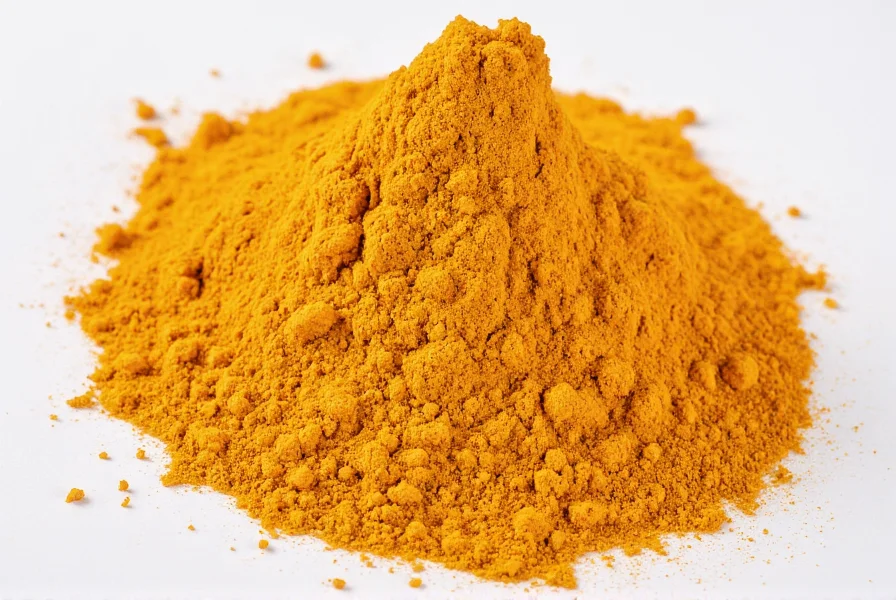When searching for information about turmeric pads, many people discover they're not purchasing a ready-made product but creating a simple topical application using common household ingredients. This natural remedy has roots in traditional Ayurvedic and Chinese medicine practices, where turmeric's active compound curcumin has been utilized for centuries for its therapeutic properties.
Understanding Turmeric and Its Topical Applications
Turmeric (Curcuma longa) contains curcumin, which scientific research shows possesses significant anti-inflammatory and antioxidant properties. While most people consume turmeric orally through supplements or in food, topical application allows for localized benefits without systemic absorption concerns. A turmeric cloth compress for joint pain delivers these compounds directly to affected areas, potentially providing relief from inflammation-related discomfort.
Unlike commercial pain relief patches that contain synthetic ingredients, a homemade turmeric pad uses natural components. The effectiveness depends on proper preparation technique, concentration, and application method. Research published in Phytotherapy Research indicates that topical curcumin formulations can penetrate skin barriers effectively when properly formulated with absorption enhancers like black pepper extract or healthy fats.
How to Make an Effective Turmeric Compress
Creating a functional turmeric pad requires careful preparation to maximize benefits while minimizing mess and staining. Here's a science-backed method for preparing an effective turmeric compress:
| Ingredient | Purpose | Measurement |
|---|---|---|
| Organic turmeric powder | Active anti-inflammatory compound | 1 teaspoon |
| Coconut oil or olive oil | Carrier oil for absorption and skin protection | 2 teaspoons |
| Black pepper (pinch) | Piperine enhances curcumin absorption | 1/8 teaspoon |
| Plain cotton cloth | Application medium (avoid synthetic fabrics) | 4x4 inch square |
Combine turmeric powder with warm carrier oil and black pepper to create a paste. Apply a thin layer to clean cotton fabric, then place the fabric directly on clean, dry skin. Cover with plastic wrap to prevent staining clothing, then secure with a bandage. Leave in place for 15-20 minutes initially to test for skin sensitivity before longer applications. This DIY turmeric pad recipe creates a controlled-release topical application that minimizes mess while delivering therapeutic compounds.
Evidence-Based Benefits of Topical Turmeric Applications
Scientific research supports several potential benefits of properly prepared turmeric compresses. A 2020 review in Complementary Therapies in Medicine analyzed multiple studies on topical curcumin applications, finding evidence for:
- Reduced inflammation markers in localized areas
- Accelerated wound healing through enhanced collagen synthesis
- Decreased pain perception in osteoarthritis patients
- Antimicrobial properties that may prevent skin infections
These benefits make a well-prepared turmeric topical application for skin health potentially valuable for managing minor skin irritations, post-exercise muscle soreness, and mild joint discomfort. However, it's crucial to understand that topical turmeric applications work best as complementary approaches rather than replacements for medical treatment.
Safety Considerations and Best Practices
While generally safe, improper use of turmeric compresses can cause issues. The most common problem is persistent yellow-orange staining of skin and fabrics, which typically fades within 1-2 days but can be difficult to remove from certain materials. More concerning are potential skin reactions - approximately 5-10% of people experience contact dermatitis from topical turmeric.
Always perform a patch test on a small area of skin 24 hours before full application. Avoid using turmeric pads on broken skin or open wounds without consulting a healthcare provider. People with bleeding disorders or taking blood-thinning medications should exercise caution, as turmeric may increase bleeding risk. The turmeric compress safety guidelines are essential for preventing adverse reactions while maximizing potential benefits.
When to Seek Professional Medical Advice
Turmeric compresses serve as complementary wellness practices, not medical treatments. Consult a healthcare provider before using turmeric pads if you have:
- Severe or persistent pain lasting more than 2 weeks
- Open wounds or severe skin conditions
- Known allergies to plants in the ginger family
- Upcoming surgical procedures (within 2 weeks)
While a natural anti-inflammatory turmeric remedy can support wellness routines, it shouldn't replace professional medical care for serious conditions. Research shows that combining evidence-based conventional treatments with properly prepared topical turmeric applications may provide the most comprehensive approach to managing inflammation-related discomfort.
Frequently Asked Questions
Can turmeric pads help with arthritis pain?
Research suggests topical turmeric applications may provide mild relief for arthritis-related inflammation and discomfort. A 2016 study in the Journal of Medicinal Food found that curcumin formulations reduced pain scores in osteoarthritis patients. However, turmeric pads should complement rather than replace prescribed treatments, and results vary between individuals.
How long should I leave a turmeric compress on my skin?
Start with 15-20 minute applications to test for skin sensitivity. If no irritation occurs, you can gradually increase to 30-45 minutes per session, maximum twice daily. Never leave turmeric compresses on overnight as this increases staining risk and potential for skin irritation. Always wash the area thoroughly after removal.
Will turmeric pads stain my skin permanently?
Turmeric typically causes temporary yellow-orange staining that fades within 1-2 days. The intensity depends on concentration and skin type. To minimize staining, use lower concentrations initially, cover the compress with plastic wrap, and wash thoroughly with soap after removal. Avoid using on light-colored fabrics as stains may be permanent.
Can I use fresh turmeric root instead of powder for compresses?
Yes, fresh turmeric root can be grated and used in compresses, potentially offering higher curcumin content. However, fresh root contains more moisture which may reduce shelf life and increase microbial growth risk. If using fresh turmeric, prepare only enough for immediate use and discard any leftovers. Powdered turmeric offers more consistent concentration and longer shelf life.











 浙公网安备
33010002000092号
浙公网安备
33010002000092号 浙B2-20120091-4
浙B2-20120091-4